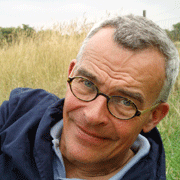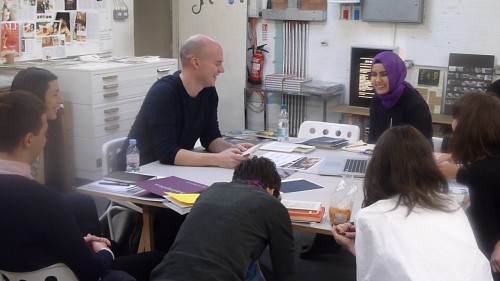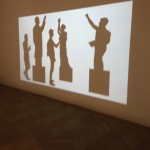This week we were pleased to welcome members of the Institute of Conservation, for whom we ran a hands-on print identification course. To find out more about our short courses, including next week’s poster workshop in conjunction with the V&A and the Arts Council England Subject Specialist Network (Wednesday 24 April), contact Diane Bilbey (d.j.bilbey@reading.ac.uk)
We run regular two-day short courses explaining printing processes, specially tailored to the needs of librarians, archivists, curators, and social historians. Led by Martin Andrews, each day focuses on one of the three main processes – letterpress, lithography, and intaglio – and participants are able to examine original printing materials and prints from the Department’s extensive collections, and try out tools, materials, and techniques in hands-on sessions. By the end of the course you will be able to indentify a wide range of printing procesess, take prints yourself, and use the replica Gutenberg press featured in Stephen Fry’s television documentary.
¶ For more information on the Posters SSN, contact Catherine Flood (c.flood@vam.ac.uk) at the V&A









